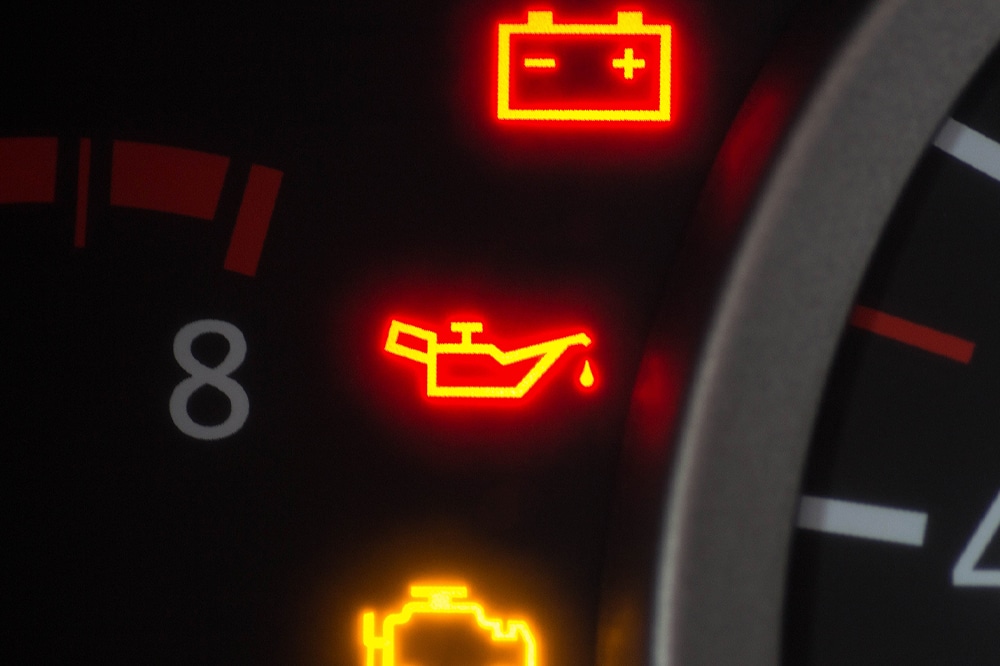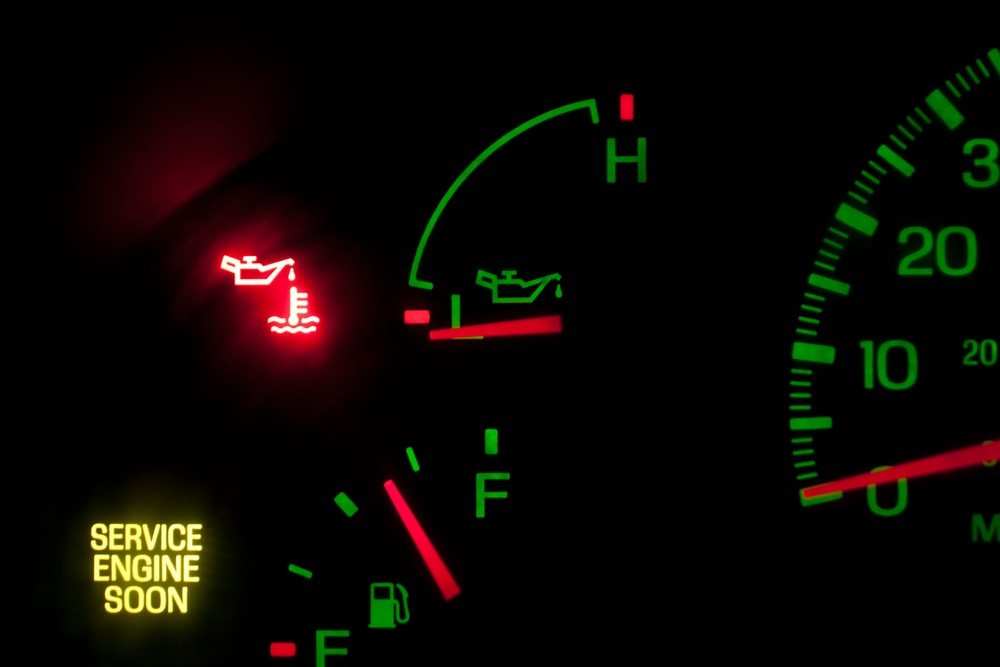When the oil light comes on, it indicates low oil pressure and driving in this condition can lead to severe engine damage, necessitating a complete engine replacement. It is imperative to stop driving immediately and seek assistance from a qualified mechanic.
Additionally, check for oil leaks and ensure that the oil level is sufficient before continuing to drive. Neglecting the oil light can have costly consequences for your vehicle’s engine. Taking prompt action can help avoid major repairs and ensure the longevity of your vehicle.

Credit: girlingtongarage.com
Understanding The Check Oil Light
The check oil light on your car’s dashboard indicates that there is a problem with your vehicle’s oil pressure. It is important to address this issue immediately to prevent any potential damage to your engine. Driving with low oil pressure can cause irreversible damage to your engine, leading to a complete replacement. When the oil light comes on, it could mean that your vehicle is low on oil, the oil is dirty, or there is an oil leak. It is recommended to stop driving the vehicle and get it to a mechanic as soon as possible. Checking under your vehicle or your driveway for any signs of oil leaks is also advisable. Topping off the oil may not be sufficient to fix the problem, so professional assistance is crucial.

Credit: www.yourmechanic.com
Causes Of The Check Oil Light
There are several potential causes for the check oil light to come on in your vehicle. These include:
- Oil leaks
- Faulty oil pump
- Clogged oil filter
- Clogged oil passages
- Lack of oil change
- Wear of engine parts
Consequences Of Ignoring The Check Oil Light
Driving your vehicle when the oil light is on is a phenomenally bad idea. The oil light indicates that the system has low oil pressure. Running your car with low oil can completely destroy your vehicle’s engine, making a complete replacement necessary.
When the oil light on your dashboard comes on, it might mean your vehicle has low oil pressure. This drop in oil pressure could be a sign of a few things: you are low on oil, your oil is dirty, or you have an oil leak. Topping off the oil won’t be enough to correct the problem. The best idea is to stop driving the vehicle and get it to the nearest mechanic before the engine is ruined. You should also check under the vehicle or your driveway for any signs of oil leakage.
Continuous lubrication is essential for the proper functioning of your car engine, and low oil pressure could seriously damage the engine, possibly causing it to seize up completely. Therefore, it is important to pay attention to the check oil light and take immediate action to avoid significant engine damage and costly repairs.
Actions To Take When The Check Oil Light Comes On
| Blog post title: | Check Oil Light |
| Heading: | Actions to Take When the Check Oil Light Comes On |
| Subheading under heading: | Stop driving the vehicle |
If the check oil light comes on in your vehicle, it is important to take immediate action to prevent any further damage. The first and most crucial step is to stop driving the vehicle as soon as it is safe to do so. Continuing to drive with low oil pressure can lead to severe engine damage, requiring costly repairs or even engine replacement.
After stopping, you should check for oil leaks underneath the vehicle or in your driveway. If you notice any leaks, it is best to have the vehicle inspected by a qualified mechanic. They can identify the source of the leak and address any underlying issues.
Next, it is advisable to visit a mechanic to have the oil level and quality checked. If the oil is low or dirty, they can perform an oil change and ensure the proper amount of oil is added to the engine. Topping off the oil may not be enough if there are any other underlying issues causing the low oil pressure.
Remember, taking prompt action when the check oil light comes on can help prevent major engine damage and avoid costly repairs. It is always better to be safe than sorry when it comes to your vehicle’s oil system.
Preventive Measures To Avoid The Check Oil Light
To prevent the check oil light from coming on, it is important to regularly check your oil levels, change the oil as recommended by your vehicle manufacturer, and address any oil leaks promptly. Taking these preventive measures can help avoid potential engine damage and costly repairs.
Preventive Measures to Avoid the Check Oil Light: – Regular oil changes: Maintain a schedule to change your vehicle’s oil as recommended by the manufacturer. This helps to prevent oil degradation and keeps the engine properly lubricated. – Monitoring oil levels: Regularly check the oil level using the dipstick. If it’s low, add oil to maintain the recommended level. – Visually inspecting for leaks: Regularly inspect your vehicle for any signs of oil leaks. If you notice any oil stains or puddles beneath your car, it may indicate a leak that needs to be addressed. – Maintaining proper oil pressure: Monitor the oil pressure gauge if your vehicle has one. If the pressure drops below the normal range, have it checked by a professional to determine the cause and prevent engine damage. Following these preventive measures can help you avoid the Check Oil Light and ensure the longevity of your vehicle’s engine.
Credit: www.landroverenglewood.com
Frequently Asked Questions Of Check Oil Light
Is It Safe To Drive With Oil Light On?
Driving with the oil light on is not safe. The oil light indicates low oil pressure, which can damage your engine. It’s important to stop driving and address the issue to prevent further damage and potentially costly repairs.
Does Oil Light Mean Add Oil?
When the oil light comes on, it means your vehicle has low oil pressure. This could indicate low oil levels, dirty oil, or an oil leak. It is important to stop driving and address the issue to prevent engine damage.
How Much Oil Is Left When Oil Light Comes On?
When the oil light comes on, it means your vehicle has low oil pressure. It is not safe to drive as it can damage your engine.
Conclusion
When the check oil light comes on in your vehicle, it is crucial to address the issue immediately. Ignoring the warning can lead to serious damage to the engine. Low oil pressure can be caused by various factors such as oil leaks, clogged filters, or even a lack of regular oil changes.
It is important to have your vehicle inspected by a professional to determine the exact cause and ensure the proper maintenance is performed to protect your engine. Remember, taking prompt action can save you from costly repairs down the line.
So, don’t ignore the check oil light and keep your engine running smoothly.